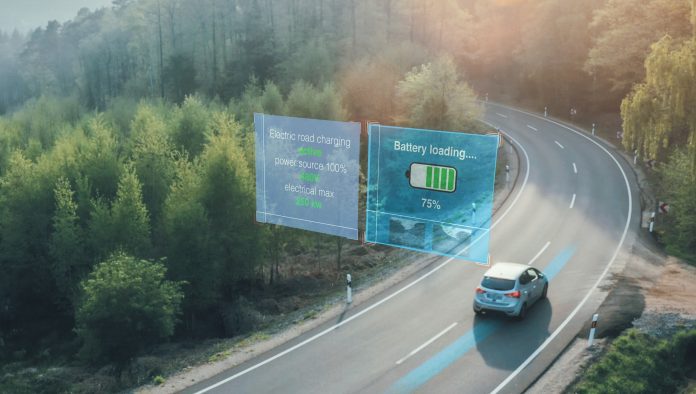A survey conducted by Recurrent revealed that electric vehicle range anxiety diminishes with the experience of owning an EV. Range anxiety is the fear that an electric vehicle will not have enough power to reach its intended destination.
The study found that anxiety is highest among potential EV buyers in the 1-2 years before their first purchase and decreases significantly with prolonged ownership. 78% of owners report that feelings of range anxiety decrease with increased driving and vehicle knowledge. While 76% of prospective EV owners worry about range, only 59% of current owners experience such concerns, with feelings of anxiety generally reducing after 5+ years of ownership.
Additionally, the survey notes that drivers are more anxious about long-distance trips than daily drives. Relying on public charging for people without Teslas could be risky, especially in light of recent news reports regarding inadequate upkeep and dependability. However, more experienced EV drivers seem to settle into even longer excursions after one to three years. Furthermore, almost all drivers who have driven an EV for five or more years rate their anxiety as being below one.
In truth, nearly no one gets stranded in an EV. According to one study, while more than 60% of drivers “never get close” to running out of gas, only 8% actually did. Similar statistics from Plug-in America date back to 2015, when mass-market EVs were limited to the LEAF and Model S, and charging infrastructure was nonexistent. Back then, only 12% and 3% of these early adopters experienced a battery drain.
Notably, of the drivers who have become stranded, some had a history of multiple offenses, indicating that the issue may be more psychological in nature than technological.
The fact that the car displays how much range it has left contributes to the difficulty of running out of charge. Unlike several older gas-powered vehicles with an ambiguous gas tank meter with a shaky arrow, EVs have rather sophisticated and accurately calibrated digital readouts located directly on the dashboard. In addition, they offer functions like integrated navigation, which can perform complex efficiency calculations and charging pauses.



